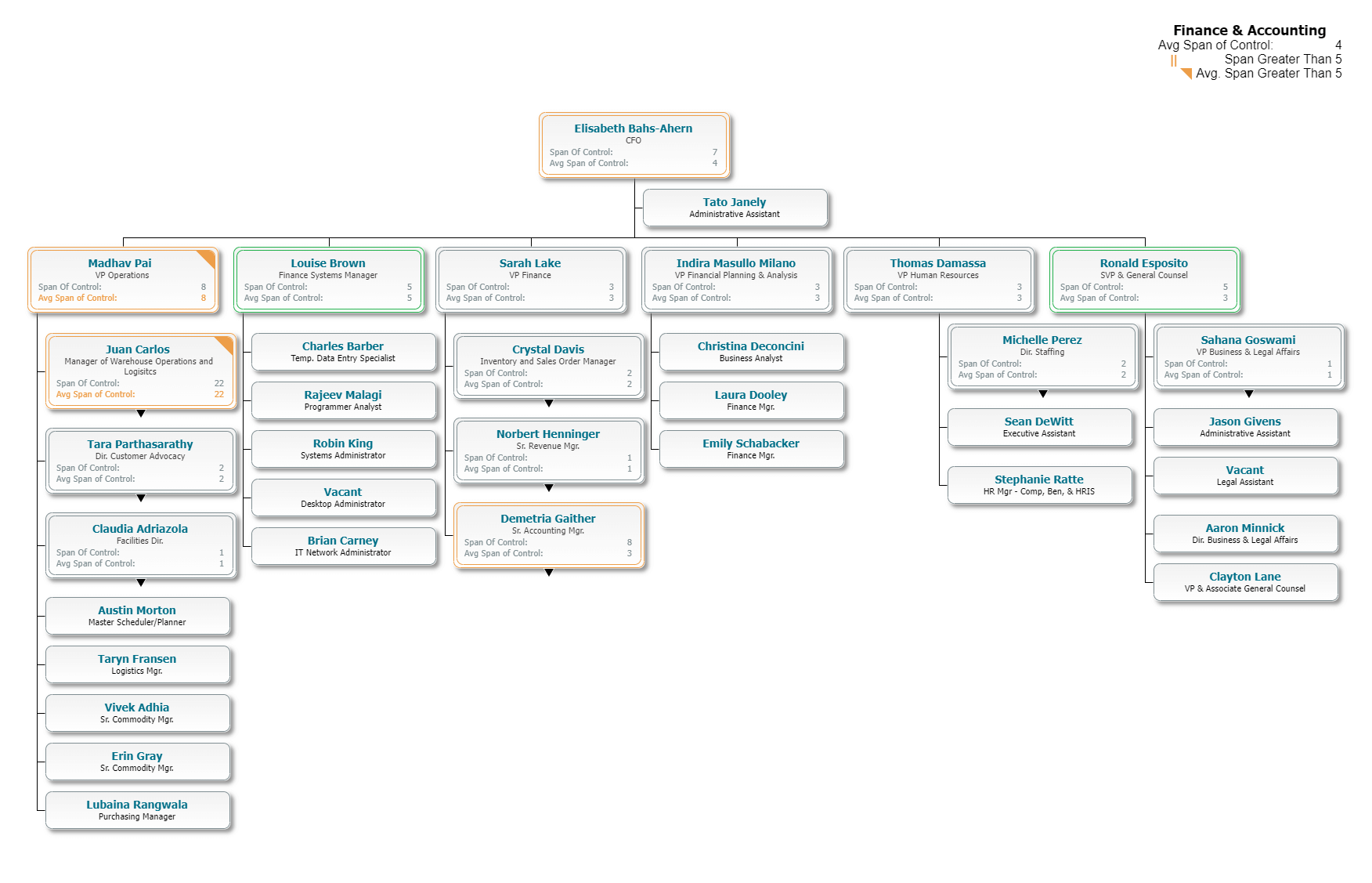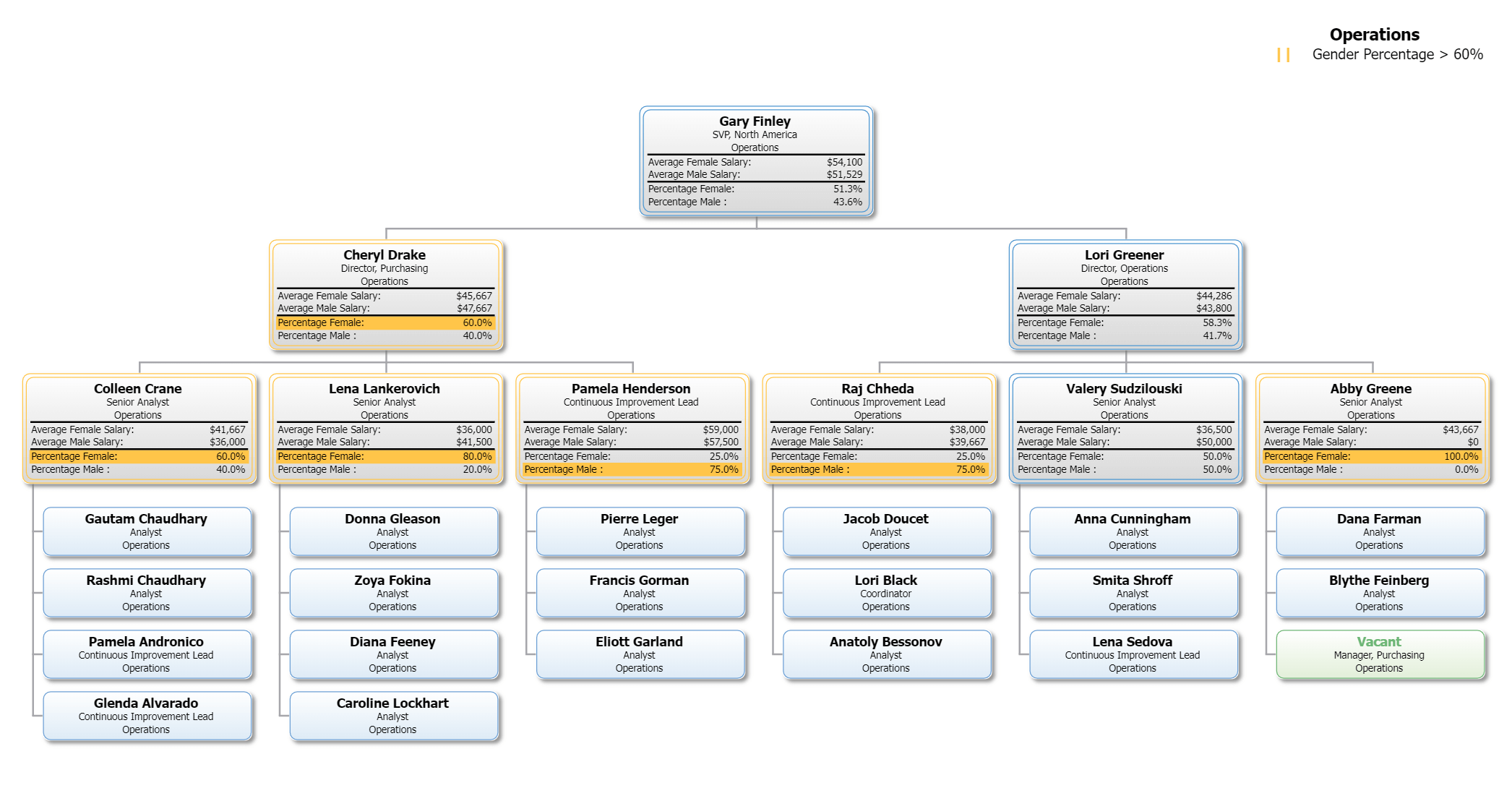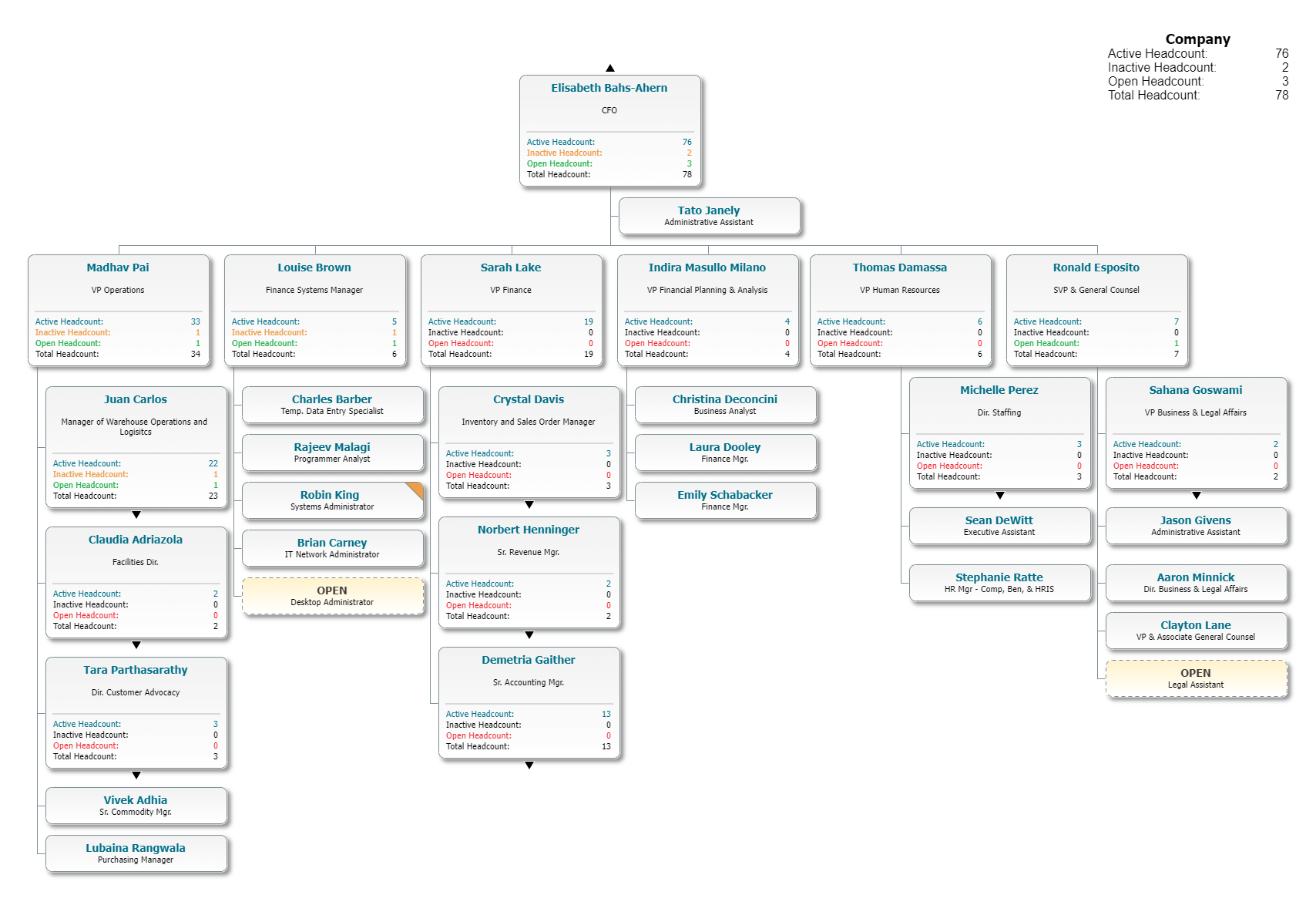OrgChart Team
March 23, 2021
According to a comprehensive survey by Deloitte in 2020, most organizations witnessed an increased focus by their leaders on understanding the state of the workplace. The study revealed “53 percent…

According to a comprehensive survey by Deloitte in 2020, most organizations witnessed an increased focus by their leaders on understanding the state of the workplace. The study revealed “53 percent of participants reported an increased interest by their leaders in the state of the workplace.” Despite this growing interest, only 11 percent of organizations were proficient in producing these critical metrics in real-time. The solution? Automated org charts. Utilizing powerful organizational management software like OrgChart, businesses can synchronize workplace metrics with their existing HR information system, presenting real-time data with unparalleled clarity. In this article, we summarize the survey results and findings.
The rapid pace of economic and technological change accelerates skills obsolescence, resulting in increased demand for a more dynamic view of the workforce. Concurrently, the nature and composition of teams are rapidly evolving as organizations incorporate technology into their work structures.
External pressures are also contributing to this demand. As issues like culture, inclusion, leadership behavior, and worker treatment become more transparent, their potential impact on an organization’s brand and financial value grows. In 2020, companies lost billions in valuation due to issues related to leadership and culture.
Regulators are now pushing for greater disclosure about an organization’s human capital. For example, the US Securities and Exchange Commission (SEC) proposed revisions to current business disclosure requirements to include more human capital-related information. As regulatory pressure increases, it becomes crucial for organizations to update their metrics governing human capital.
The SEC proposed modernizing Regulation S-K in 2020, requiring public companies to report on a broader set of human capital information. Concurrently, the SASB Foundation is “working on a project to assess the prevalence of financially material human capital topics” across various sectors and industries, according to Deloitte.
The journey toward developing robust people analytics capabilities has been ongoing for the past decade. Organizations are urged to use data and analytics to manage their talent or risk losing their competitive edge. However, the effective use of data is contingent upon asking the right strategic questions, a challenge for many organizations in today’s uncertain world.
As per Deloitte’s survey, only three areas — headcount, hiring, and turnover; salary costs; and workforce composition — are where most respondents collect workforce information. Critical areas for future success — employer brand, new workforce initiatives, and the status of reskilling — are overlooked, indicating a potential misalignment in data collection efforts.

Organizations that use forward-looking workforce metrics reap significant benefits. Ageas, for instance, developed innovative ways to measure executives’ readiness to lead technology transformations. Lufthansa developed a workforce readiness “radar” that integrates various data sources to determine which jobs will likely be affected by future changes. Meanwhile, Mastercard leveraged its broader analytics expertise to understand its human capital “health” better.
The conversation around HR data and analytics expanded to include internal and external data, privacy and ethical concerns, and workforce issues essential for boards and C-suites to understand. The focus is now on using data for developing future-oriented, actionable workforce insights. To make bold choices today, leaders need to understand what the future may hold through metrics that can help anticipate risks, inform strategy, and prepare for the future of work.
The pandemic heightened interest in headcount and salary-related metrics, especially in industries significantly impacted. By examining metrics such as the span of control, organizations can identify areas that could be streamlined for efficiency. OrgChart allows you to create custom metrics and leverage your HR data to accelerate strategic decisions when it matters most.

In pursuing inclusivity, OrgChart’s ability to provide clear representations of diversity and equity metrics is becoming indispensable for many leaders. The software allows a drill-down into specific departments and geographies of an organization to pinpoint areas needing improvement. This way, businesses can track their progress toward creating a more inclusive and equitable workplace.

Org charts offer managerial staff additional insights into their workforce. Easily digestible metrics inform faster, data-driven decisions needed to garner confidence and alignment among stakeholders. Consider this: Understanding the number of open requisitions and their average lifespan enables management to adapt and innovate if hiring efforts stumble. Having these metrics at your fingertips is vital, and OrgChart makes it possible.

Modern leaders crave easy-to-interpret data about their workplaces. By visualizing data through OrgChart, organizations can reap the benefits of up-to-date information in commonly used HR systems. All of this is in a format that is not just easy to understand but also easy to act upon. That’s the power of OrgChart – transforming data into actionable insights.
Like the versatility of Excel — without the manual element — OrgChart enables users to create custom metrics as needed.
A few of the commonly leveraged workplace metrics include:
These metrics, right inside of your customizable and easy-to-share org chart, help you and your organization maintain an edge in today’s data-driven world. Request an OrgChart demo today!

Restaurant Hierarchy Chart: Structure & Roles…
Restaurants are arguably the busiest businesses out there, with servers, cooks, managers, and executives working hard to ensure every guest has a stellar…
Read Article
Managing Positions in a Company Chart: Strategies for Modern HR Teams…
As companies grow beyond 100 employees, managing organizational structure becomes exponentially more complex. HR professionals need an advanced, dynamic…
Read Article
Healthcare Organizational Chart: Structure, Examples & How to Build One…
Explore the power of People Analytics. Unlock data-driven HR strategies to optimize your workforce with our tools.…
Read Article